It’s time to stop trash-talking fish
by Michael Edmondstone
Matthew L. Miller is the director of science communications at The Nature Conservancy. He is also a passionate angler whose love of freshwater biodiversity calls him to question traditional approaches to fisheries management in the USA.
He has written extensively on using the phrases ‘rough fish’ or ‘trash fish’, both of which are used widely among anglers in North America. They mean the same as ‘coarse fish’ in the UK: fish that don’t make good eating and so aren’t considered game. The terms have problematic implications for non-game fish, as Matthew explained.
Can you talk through the use of the term ‘rough fish’ in fisheries management in the USA?
It stems from the idea of there being a hierarchy among fishes. It’s a European notion that held that coarse fishing was considered lower than game fishing. It has evolved over time, but there is still the distinction in many European waters between game fishing and coarse fishing. In the USA, that hierarchy has held, and fishing regulations in the USA distinguish between game fish and rough fish.
Often this translates to a complete lack of regulation for non-game fish. For instance, where I am in Idaho, you can take rough fish at any time of year, without limit, and you can spear them, snag them or shoot them with bows and arrows.
The regulations have not kept up with the science. We now know that some of these non-game species are long lived and slow to mature, but you can still kill them without limit.
How can this lack of regulation damage the wider ecosystem?
Bow fishing – fishing with a bow and arrow – used to be a niche hobby in the USA, but recently it has exploded in popularity. There are now specialised boats, specialised lighting, all this equipment, but very little research on the impact this is having on the ecosystem.
Game fish such as trout and bass have a lot of funding and research directed at them, but non-game fish have a real lack of both. There is anecdotal evidence of people noticing non-game fish such as bigmouth buffalo disappearing from certain waters, but there needs to be more studies. I co-authored a paper in the Fisheries journal that is calling for more research.
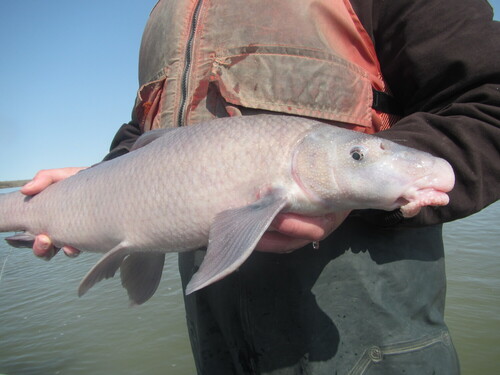
Suckers can provide a new challenge for anglers.
In your recent Cool Green Science article, you said that fisheries should be ‘managed with science, not emotion’. Are fisheries usually regulated by emotion in the USA?
We have state fish and wildlife agencies that manage wildlife in the different states. In fact, a lot of the management of wildlife is at state level. Hunting and fishing have a democratic tradition in the USA, as there is unrestricted access and you don’t have to be a landowner.
Many of our wildlife species are well managed, but usually only if they are managed by hunters and anglers, as they have real interest in sound management of the species that they’re interested in.
There is pressure from anglers that is not based on science. They want lots of trout, so many lakes stock massive amounts of trout. We hope for there to be management based on science, but it is wishful thinking.
On the other hand, when anglers come together, they can be a powerful force for good. For instance, they have driven the reintroduction of lots of native trout species and subspecies.
Can you talk through some of the frustrating things you’ve seen from anglers with regards to non-game fish?
A viral video this summer showed two bowfishers counting off 1,000 gar they killed in an outing. This is nearly impossible to achieve over a weekend of hook and line angling.
And they dumped every dead fish back into the water.
The first time I tried fishing for suckers, somebody said: “Are you having any luck with the trout?”.
I said that I’m fishing for suckers.
He said that “They’re non-native and that ‘I should kill all I can”.
People often offer me unsolicited advice and are dumbfounded when I say I’m trying to catch suckers. But, as with anything, you need to recognise when it’s best for education, and when it’s best to not go down that rabbit hole: there are people who are receptive to the message, and people who are not.
Part of what I’m trying to do is shift the narrative where I can, which doesn’t mean shifting the minds of everyone. But the more people who value the non-game fish, the more hope we have.
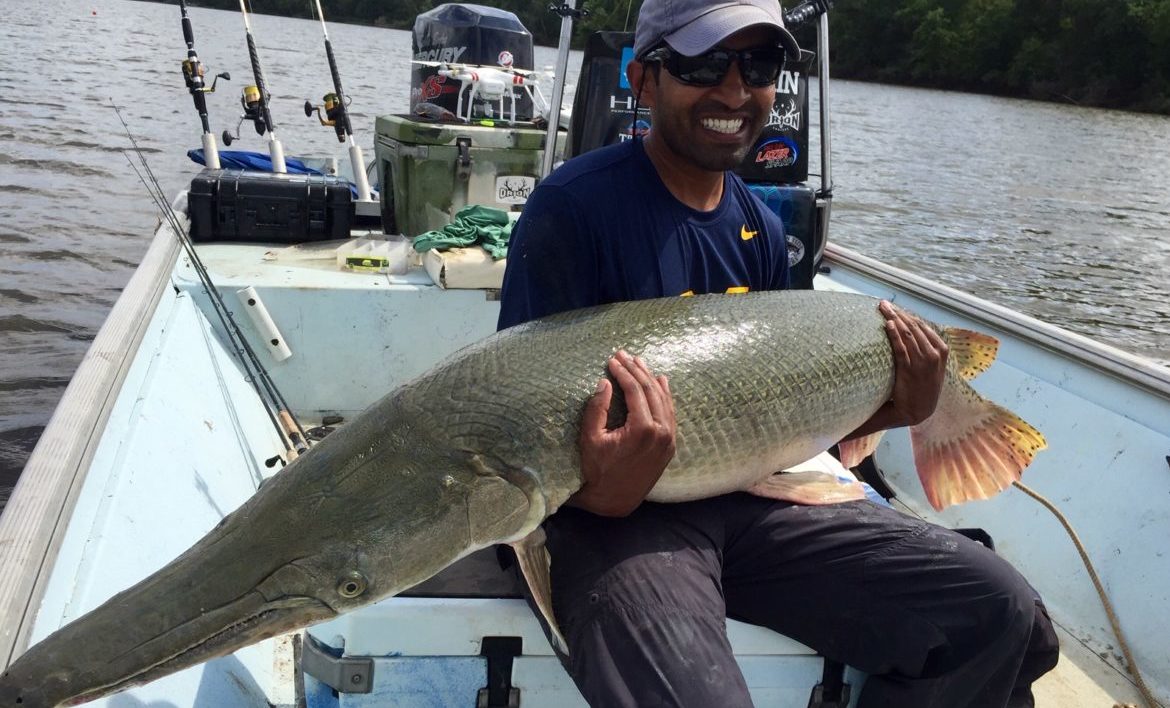
What can be done to educate anglers?
Rarely does making somebody aware of an issue change it.
But in the USA there is a tremendous outdoor media, and there are voices in that media that have influence, so if they say an alligator gar is a trophy fish, people will listen.
When alligator gars were featured on Jeremy Wade’s River Monsters, suddenly people wanted to go out and catch and release them. That’s a change of value among anglers that was driven by a television show.
We have a long way to go, and as with most things, it has to be a combination of a change in attitudes and change in regulation, and both of these will feed each other.
What can anglers do to be a force for positive change?
They can really get to know their streams. I know anglers who know mayfly habits and the behaviour of trout really well, but don’t really know much about the other fish species. Knowing more about the biodiversity can make you a better angler, and it can also help you expand your angling horizons – catching a bigmouth buffalo can be a tremendously challenging endeavour, and that can really flip the narrative.
Matthew’s book ‘Fishing Through the Apocalypse’ is out now. It explores what the future holds for fish and the people who pursue them through a series of fishing stories about the reality of the sport in the 21st century.
Matthew is also the editor of Cool Green Science: the conservation science blog from The Nature Conservancy.
You can find him on Twitter at @eatguineapigs.
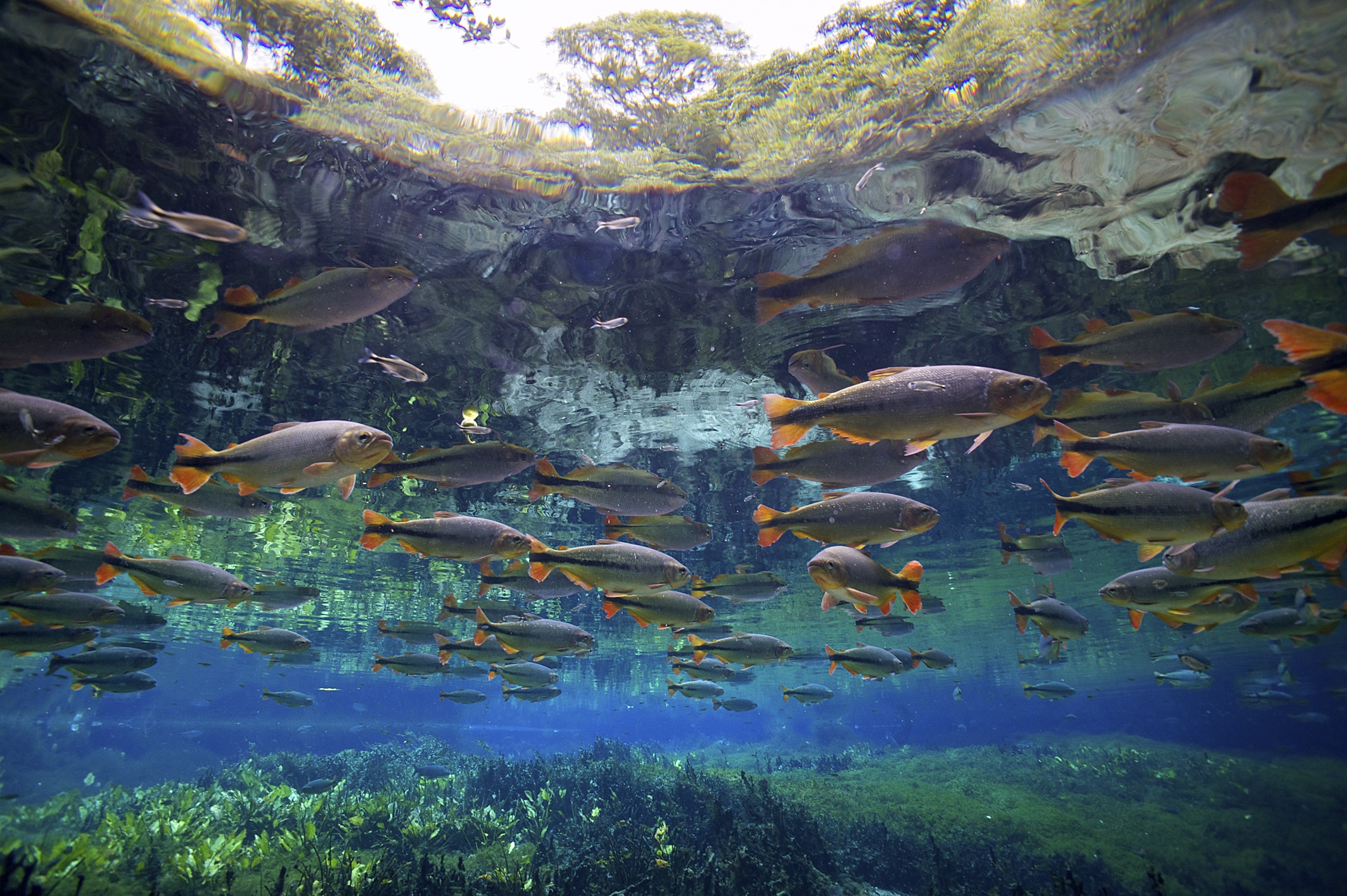
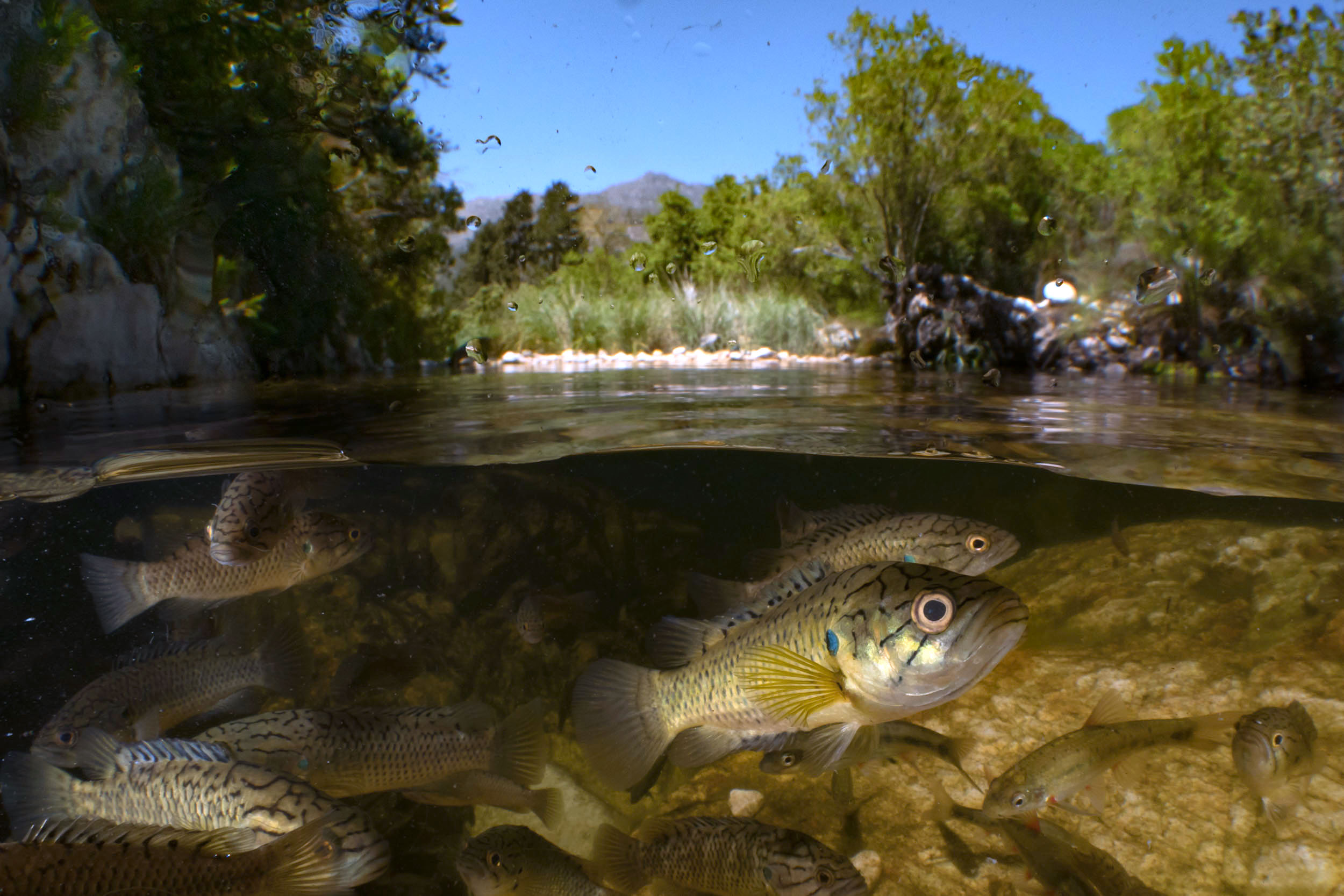
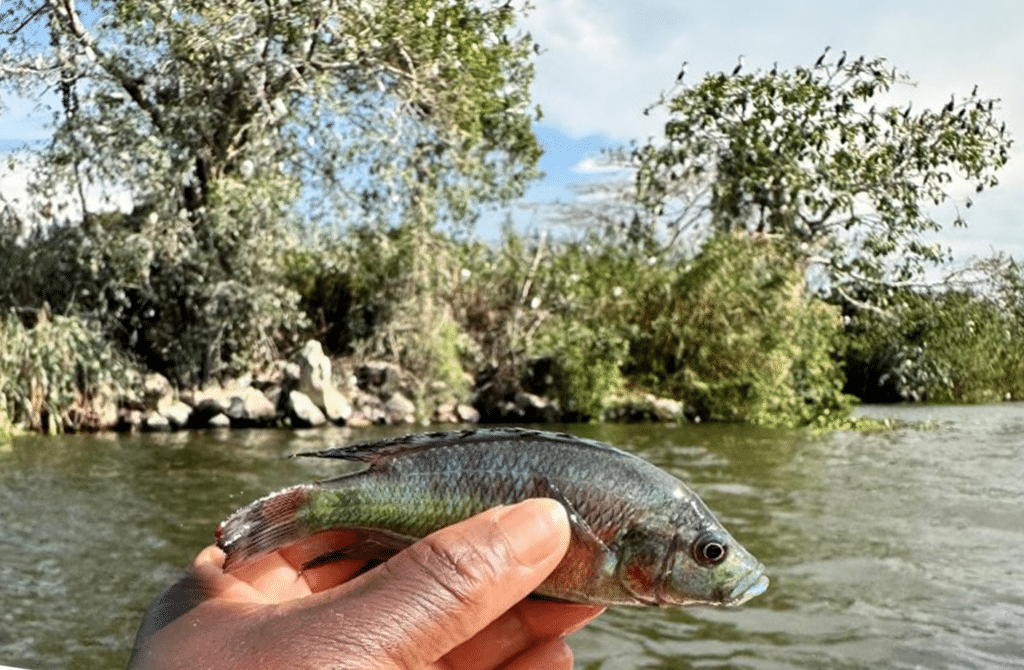)
)
)
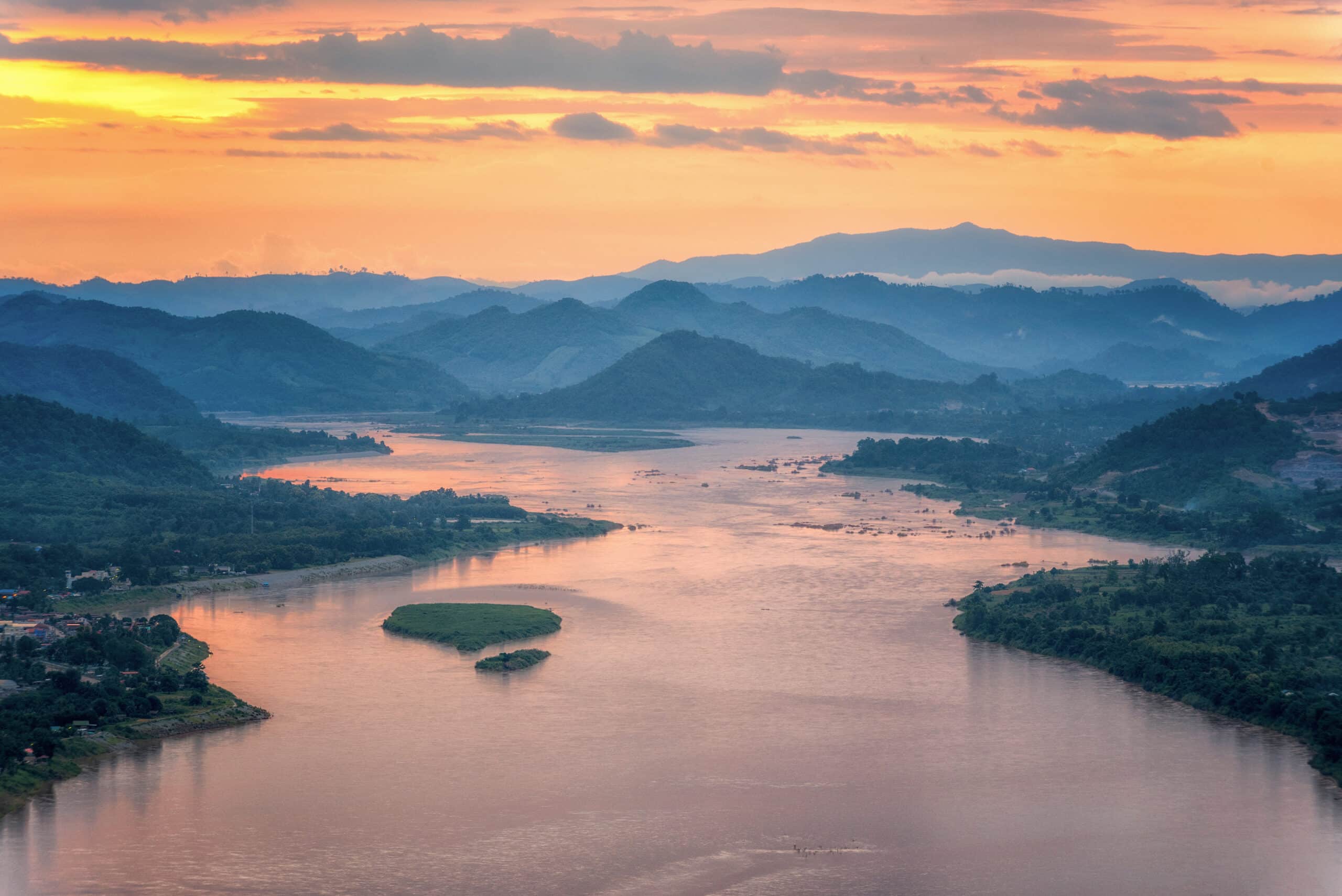
)